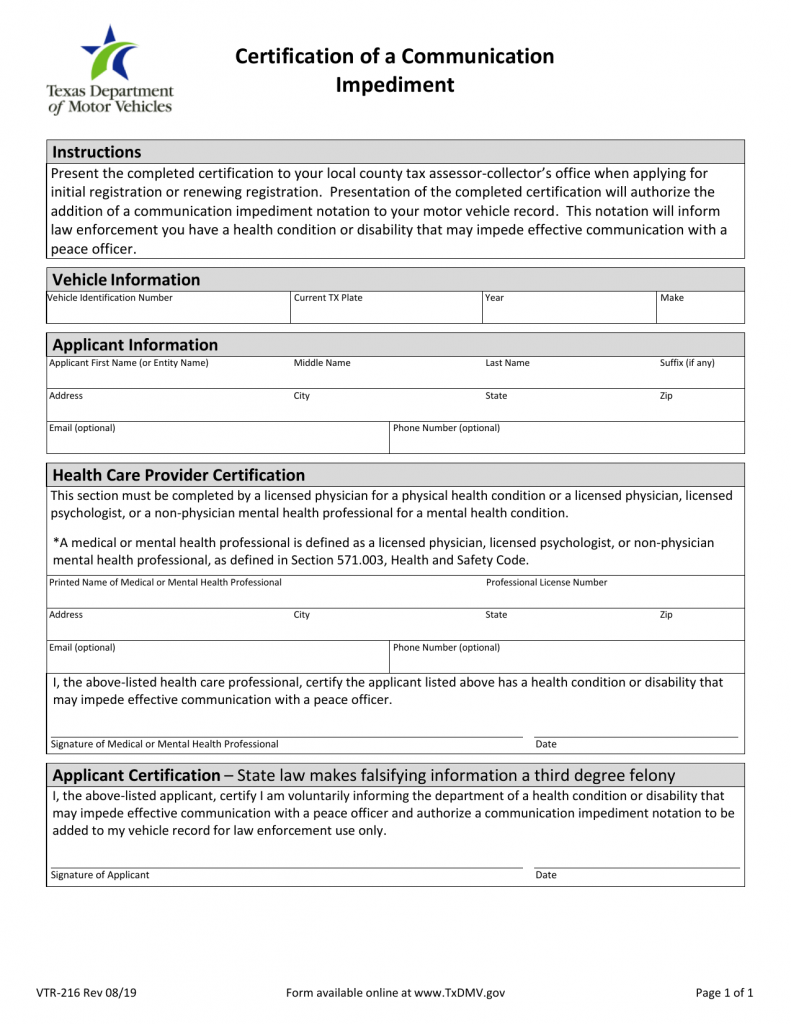A Technique to Counteract School Work Avoidance for Students with ASD: Academic Bingo Card
Work avoidance seems to be an ongoing issue across different settings and grade levels. In a previous blog, we discussed the use of a checklist with a strategic “sandwiching” of a less preferred activity in between two highly preferred activities. This strategy is often very effective in building success on academic activities that the student would prefer to avoid. However, not one thing works for every student, as you have probably discovered for yourself.
So this week, we will explore a similar strategy that is in a different format: a BINGO card!
This strategy was created in a staff meeting with a general education teacher and campus administrators trying to help a student complete work well within his grasp. By analyzing the data and student strengths, it was determined that he was capable of completing the work. In spite of the cognitive strengths, the student would cover his head up and not complete the academic tasks. So, with no work completed, the team was ready to try almost anything to get something.
The student liked dinosaurs and everything having to do with them. The student also liked games and so the team decided to create a 3 X 3 BINGO card decorated with dinosaurs as a starting point.
Then, the specific activities selected to go in each grid were selected based on student interest.
The Education (K-12) Blogs and Special Ed Q & A are written and maintained weekly by Lisa Rogers with Educating Diverse Learners. Lisa received her M.A. in Special Education with an endorsement in the area of individuals with severe disabilities. Mrs. Rogers has also created products that have been used throughout the state of Texas for training purposes. Through the Association for Texas Professional Educators [ATPE], Ms. Rogers has produced an online course that targets the importance of visual strategies for student with autism spectrum disorders and just released her highly anticipated book titled: Visual Supports for Visual Thinkers.



















